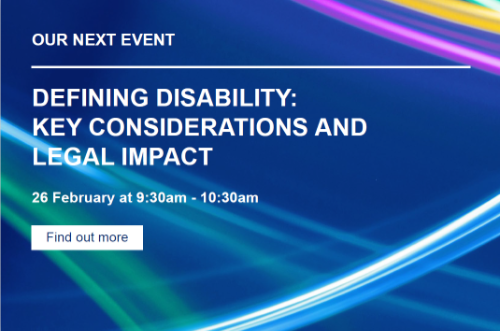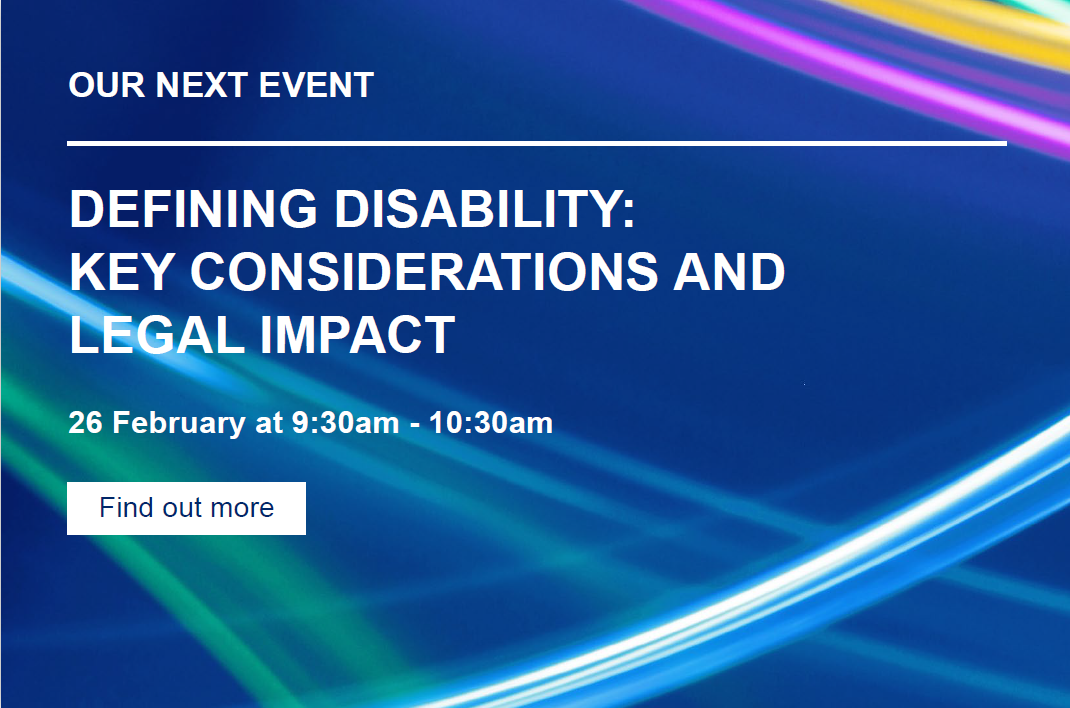Net Zero transition plans in the UK construction industry
Rachel Murray-Smith and Freyja McLoughlin examine the development of the Net Zero Carbon Buildings Standard.![]()
- Details
A key theme of COP27, which is currently underway in Egypt, is unsurprisingly, net-zero carbon emissions. Globally, it is important for emissions to be reduced in order to help tackle climate change and honour the obligations made in the Paris Climate Change Agreement. For the UK, we have pledged to cut emissions by 78% by 2030 and to be Net-Zero Carbon by 2050.
The UK Construction and Real Estate Industry is one of the largest contributors to greenhouse gas emissions in the UK, a recent study by RICS found that buildings currently produce around 25% of all UK emissions. It is therefore vitally important that the industry embraces the change that is required in order to ensure the targets are met. One way in which this is being done through a cross-industry team, which includes representatives from BBP, BRE, the Carbon Trust, CIBSE, IStructE, LEFI, RIBA, RICS and UKBGC, who are currently developing the UK Net Zero Carbon Buildings Standard.
What is ‘The Standard’?
The Standard is aiming to be an agreed definition and methodology for the construction industry to use to determine what constitutes a net-zero carbon building. For example, a building will be defined as net zero if it meets The Standard. The Standard is intended to cover new and existing buildings, both commercial and residential, and will set out performance targets, or limits, which need to be met during both construction and operation, in order for a building to be defined as net-zero carbon. It is thought that the targets will include things such as energy use, upfront embodied carbon, life cycle embodied carbon, space heating/cooling demands and peak loads as well as the treatment of residual emissions. It is expected that companies’ claims of targets being met will need to be validated based on in-use measured data and interim verification of an asset at the design stage or once the asset is built may also be considered. By looking at the building’s entire lifecycle, it is hoped The Standard will be efficient in ensuring lasting change is achieved and that the UK’s targets (laid out above) are met.
Why is the ‘The Standard’ needed?
One factor which has been identified as a reason why the construction industry’s efforts to tackle carbon emissions have been hampered is a lack of unity. There is no industry-wide defined net zero standard for buildings and no unilateral methodology or target rates to measure emissions. This ultimately means it is down to individuals, when negotiating contracts, to define net zero and set their targets and measurement methods to ensure it is achieved. Although some standard form contracts, such as the NEC and its Secondary Option X29, include mechanisms for climate change requirements to be set out in the scope of the contract, this is a relatively new addition to the NEC suite and has not yet, at least, been picked up by other leading contractual forms. There is therefore a need in the industry for a standardised definition and methodology, in order to ensure real change is achieved.
What stage is ‘The Standard’ at?
Currently, The Standard team have launched a call for evidence from practitioners in the UK construction industry to supply operational energy and embodied carbon performance data for their buildings. Submissions are open until the 16th December, and need to be uploaded to the Built Environment Carbon Database, which can be found here. It is then thought a draft standard will be released to practitioners in the new year.
Rachel Murray-Smith is a Partner and Freyja McLoughlin is a Paralegal at Sharpe Pritchard LLP.
For further insight and resources on local government legal issues from Sharpe Pritchard, please visit the SharpeEdge page by clicking on the banner below.
This article is for general awareness only and does not constitute legal or professional advice. The law may have changed since this page was first published. If you would like further advice and assistance in relation to any issue raised in this article, please contact us by telephone or email enquiries@sharpepritchard.co.uk.
|
Click here to view our archived articles or search below.
|
|
OUR RECENT ARTICLES
Jul 03, 2025
IPA guidance 2025: Managing PFI distress and preparing for expiryAanya Gujral and David Owens dive into the recent guidance published on managing the risks associated with Private Finance Initiative (“PFI”) projects.
Jul 03, 2025
Data (Use and Access) Act – Updating Data Protection Law and moreOn the 19th June 2025, the Data Use and Access Bill (“DUA Bill”) received Royal Assent to become the Data Use and Access Act 2025 (“DUA Act”).
Jun 24, 2025
Modifying subsidies: What is permitted and what is not?Beatrice Wood and Oliver Slater explore recent developments and discuss the process of awarding subsidies.
Jun 24, 2025
Getting new PPP right: Smarter tools for smarter infrastructureNicola Sumner, Steve Gummer and Roseanne Serrelli discuss the 'dos and don'ts' of Public-private Partnerships in their new form.
Jun 19, 2025
Zones/RABs and heat networks: The path to an investible infrastructure asset class?The UK’s new heat network zoning framework (the outlines for which were drawn by the Energy Act 2023) is set to redefine how low‑carbon heating is delivered by creating geographic zones, where district heat networks are the mandated, optimal solution.
Jun 17, 2025
Partial debt guarantees- Reviving Investment in UK Water InfrastructureIs it Time for a Public Sector Major Infrastructure Debt Guarantor?
|
|
ABOUT SHARPE PRITCHARD
We are a national firm of public law specialists, serving local authorities, other public sector organisations and registered social landlords, as well as commercial clients and the third sector. Our team advises on a wide range of public law matters, spanning electoral law, procurement, construction, infrastructure, data protection and information law, planning and dispute resolution, to name a few key specialisms. All public sector organisations have a route to instruct us through the various frameworks we are appointed to. To find out more about our services, please click here.
|
|
OUR NEXT EVENT
|
|
OTHER UPCOMING EVENTS
          |



